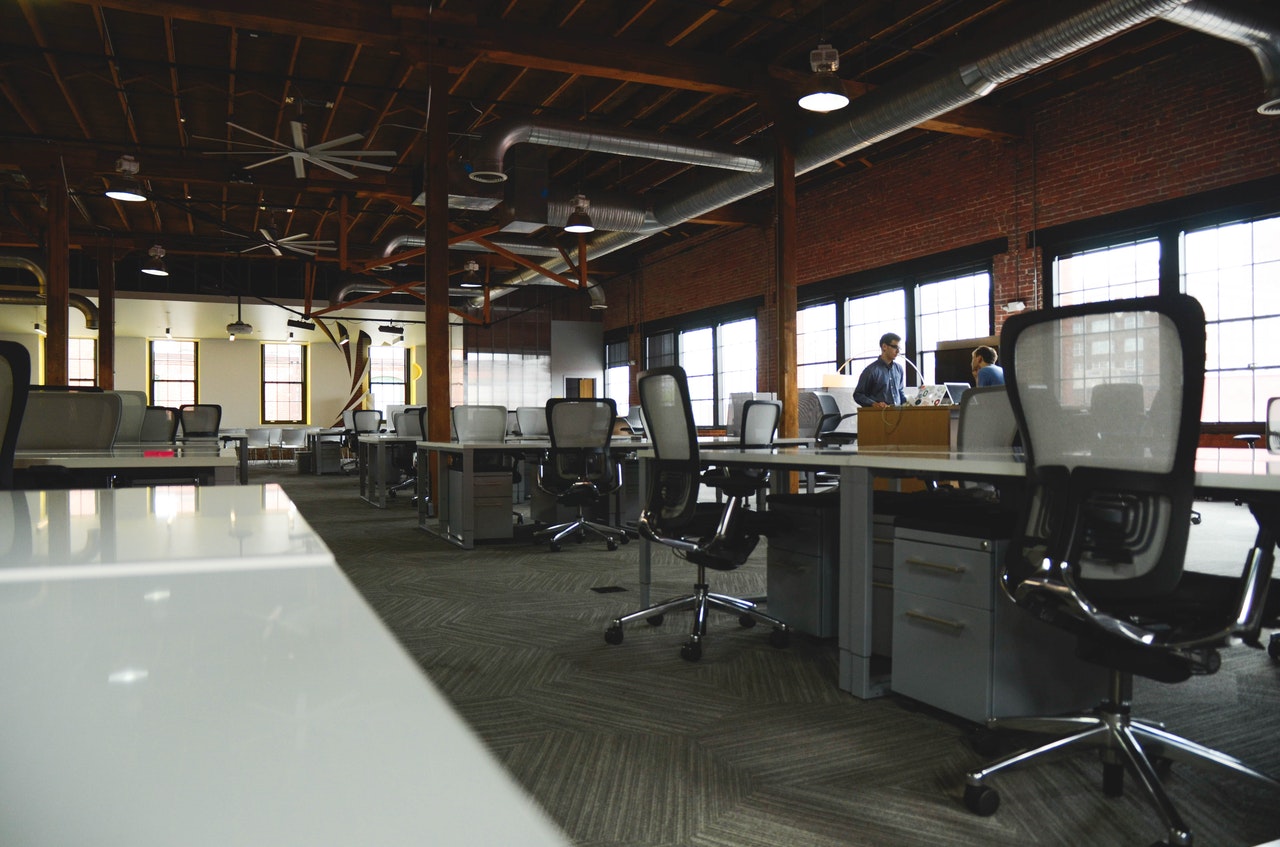The office environment plays a significant role in the productivity and quality of work that your employees can produce. Their well-being, both physically and psychologically, depends on both the physical aspects of the workspace and the kind of treatment they receive at the management’s hands.
Take the time to sit with your staff and understand what they need to become more productive. Developing positive employee relations will allow you to become better able to respond to employee needs. Research shows that the office layout plays a role in the psyche of the office worker. Open-plan offices reduce productivity, while alternate furniture options such as standing desks promote productivity.
Find out how to help your employees to concentrate on their work, improve their skills, and produce sustainable and efficient work outputs.
Eliminate Multi-tasking in the Workspace
It is possible for people to multi-task, but its importance has been blown out of proportion throughout the years. An employee with multiple skills is a huge asset, but giving them too many tasks simultaneously is a recipe for burnout.
Give employees tasks scheduled with the due deadlines clearly outlined. Then allow them to complete each task individually and well. You will be very pleased with their work quality now that they can bring all their knowledge and skill to bear in a focused manner.
Promote Healthy Working Practices
Bring in a consultant who can advise you and run training sessions for your staff to practice healthy working practices. These practices range from having regular breaks to drinking enough water.
Encourage employees to get up from their chairs and mingle in the break room. This will reduce stress and strain and help them return to their work re-energized. Add different types of spaces and seating to the office so that employees can move around and work in different areas. Some people do better with a small break in their routine once in a while, and getting to focus away from their workstation could help them be more creative.

Decorate the Office
Collect input from the employees, consult an interior designer, and redecorate the office spaces. Go for recessed and warmer lighting systems, choose pastel shades for the walls. Add indoor plants in copious amounts or allow employees to bring their plants to the workspace.
This will help make the physical space more welcoming. No matter how much an employee is dedicated to their job, they may dread being in a dull and un-stimulating workspace. Redecorating to make the spaces more enjoyable will also make them more conducive to focus and concentration. Plants will humanize the workspace and improve the air quality as well.
Encourage Exercise and Nutrition
Exercise and nutrition are vital to the cognitive functioning of the human brain. For your employees to concentrate and work effectively, they need to be well-hydrated, well-fed, and healthy. If you have a cafeteria, begin replacing the unhealthy options with healthier versions of the same food. Give out reusable water tumblers with the company logo on them.
Organize weekend nature walks for employees to move more and find the joy of exercise. Or you can create a leaderboard and begin a company-wide walking competition. Employees can use their Fitbit or phones to show how much they walked in a given week, and every month, the staff member with the most miles logged can win a small prize. This will bring out their natural competitiveness and give them a fun and healthy outlet.
The beginning of creating an office that encourages productivity in a way that protects and promotes employee welfare begins from within. The physical environment can be adjusted, but if the inter-office relations, tensions, and communication remain the same, you might not see much improvement. Instead of seeing employees as outsiders, businesses must see them as valuable and indispensable resources.
This is because every business is a team effort. All the departments may be doing disparate work, but the combination of their efforts drives the company’s success. You must find a way to make the workspace an environment of clear and open communication. Good teamwork comes from expressing doubts, receiving insight, and incorporating different people’s expertise.
Establish regular team-building exercises and show employees they have nothing to fear from speaking up. Use every office-wide communication encounter to show your staff that management is invested in helping employees achieve their goals and improve in skills and ability. This will allow employees to participate in discussions without fear and bring new and inventive ideas and solutions for workplace issues.